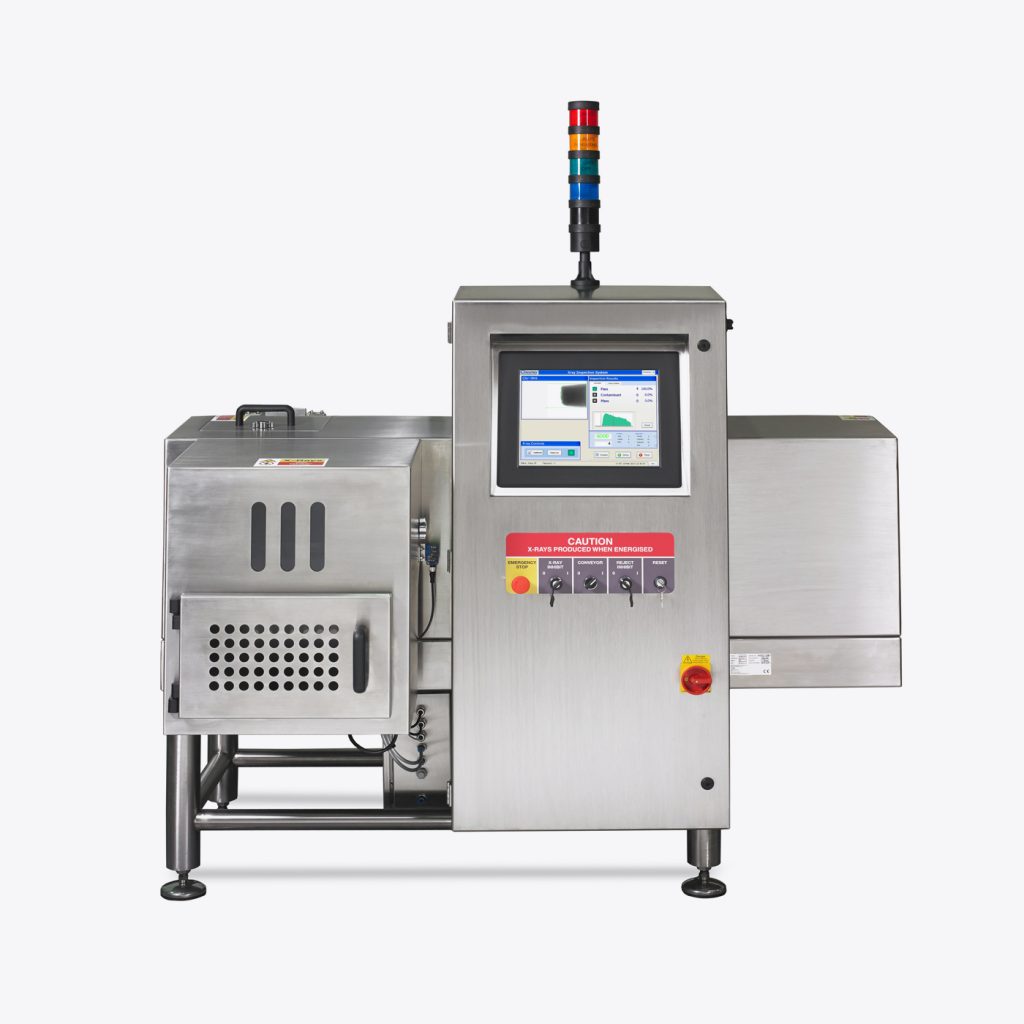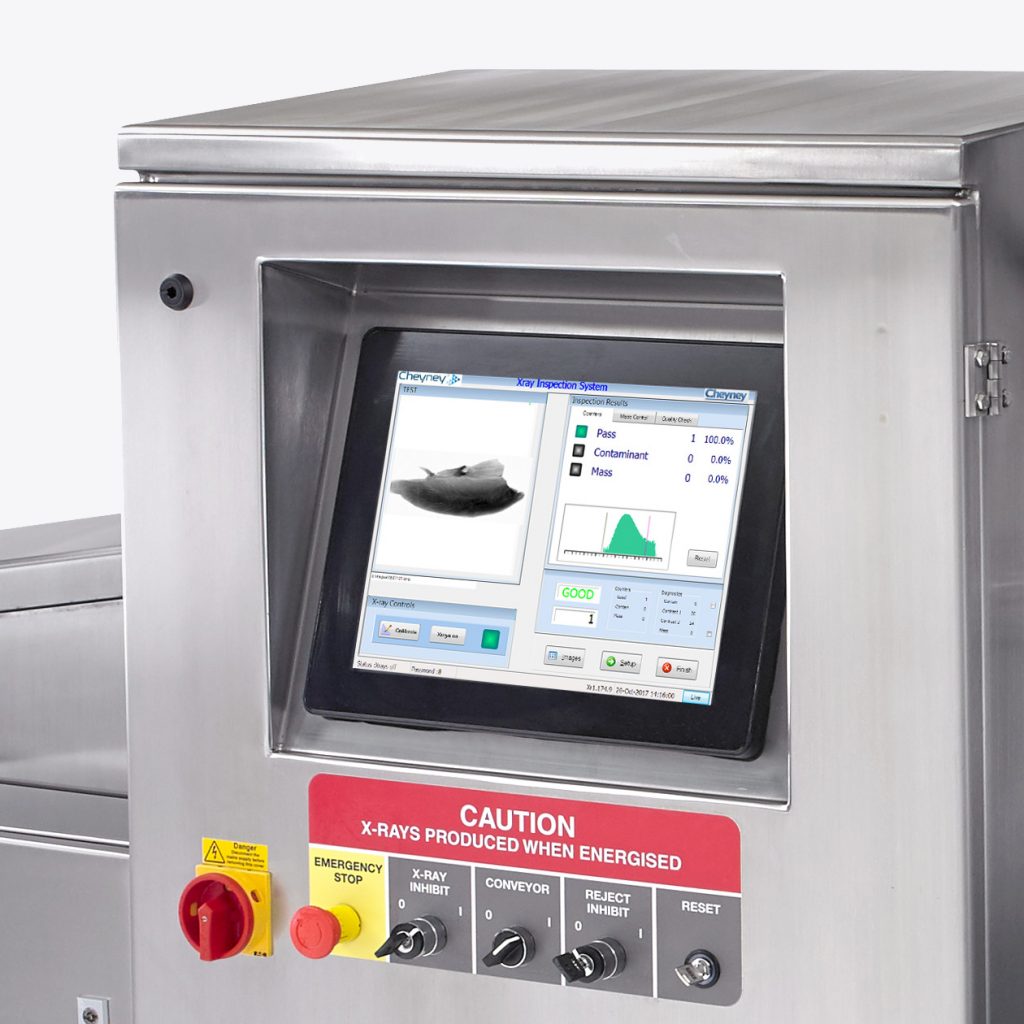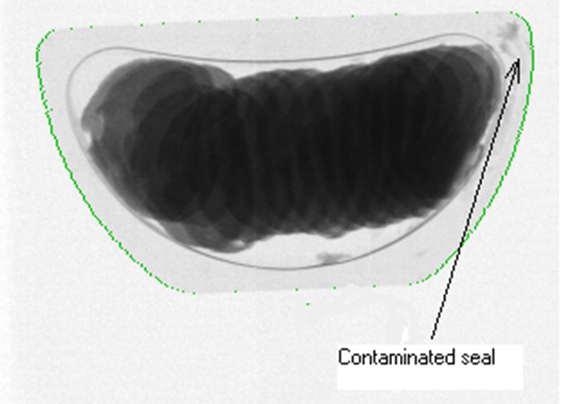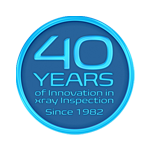The Top 13 Questions to Ask Yourself When Choosing an X-ray Inspection Machine.
A blog post by Perry Alderson, Technical Services Manager at Sapphire Inspection, with years of expertise in assisting clients find the best x-ray solution for their needs.
Here I will talk about the 13 questions that I use when helping clients find the right x-ray inspection machine for an application. Some of these questions might surprise you, because they are more about you than the machine. Some of the questions may highlight other elements of your processes that have room for improvement. That is what these questions are for. They are designed to make you and your team think…. and work together to get a great solution. Answer them and you will save yourself a lot of time and hassle. Here are the questions:
1. Why: Why are you looking at X-ray Inspection?
The first question is the most fundamental one; Why are you considering X-ray inspection? Is it something that you’re doing proactively to protect your products, your brand, or your position in the market? Are you trying to improve your processes? Are your customers requiring inspection? In my experience, companies that proactively invest to improve processes tend to make better overall decisions than those that are having their “hand forced” by a customer. Of course, 99% of the time, purse strings will have the biggest effect on the final results; but companies that embark on this process with a goal of offering better standards than their customers require (even if they don’t tell the customer that) can often get a much better result without breaking the bank.
2. Downtime: What percentage of downtime are you experiencing on your detection devices?
What downtime are you currently experiencing, and what would you (realistically) like it to be? Some of you will know last week’s stats off the top of your head, whereas other factories find themselves too busy to measure things at all. Answering this question will help you zone in on your needs and begin the process of meeting them. If your stats aren’t currently where they need to be, you need to look at why and decide how a new machine is going to solve your problems. For example: if your downtime is currently 60% with a metal detector, there must be an issue with your machine not being fit for purpose, not being maintained adequately, or not having been set up correctly. Each of these factors needs to be addressed individually. Sapphire x-ray systems include a real-time display of vital information: the exact uptime, downtime, throughput, contaminant frequency, etc so that you can always access up-to-date live information in addition to historic batch data.
3. Contaminant Size: What size contaminants are you running at?
Next, you need to know what size of contaminants you’re currently detecting and what would be the best-case scenario for your product and customer? If your customer requires detection of contaminants of 1.5mm, and the technology can get you to 0.8mm, that puts you in a great situation. I can tell you from experience that when the customer says they have had a contaminant problem on a batch, there is no better feeling than being able to say “here are our results for the last 12 months. We have been running under your spec and here are all the photos from the batch you’ve mentioned”. It makes the conversation a lot easier, and the information helps you present yourself in a very professional way.

4. Contaminants other than metals: What would you like to find, and what are causing you (or your customers’) issues?
This question is asking you to think through your processes to understand where problems arise. In the food industry, the main contaminants are generally;
- plastics from bags, aprons, and gloves
- wood and cardboard from pallets and packaging
- stone brought into the process from an external ingredient
- glass from an in-house procedural failure
- accidental breakage.
So, perhaps surprisingly, most of the contaminants aren’t metallic which means a metal detector will not provide you with optimum brand protection and product quality. Eliminating contaminants is not just about the capability of machines, good procedures can help too. I have seen more than one case where FMCG production managers walk around the factory on a Monday morning and pick up all the potential contaminants that they find leftover from the weekend e.g. bits of apron, nuts and bolts, rubber seals, bits of knives. They then stick all these contaminants onto a notice board in a high-traffic area and then show and discuss what the issues may be with the team. Procedures like that can make a big difference to your end result.
5. Throughput: What speeds would you like to run at?
The machine you choose needs to process the right volume of product, for the right contaminant, at the right speed. In every inline process, there is always a limiting factor. It is important to think things through and specify the machine so that it is not the critical path. I have seen a case where one part of a factory ordered several new X-ray machines before another part of the factory carried out line upgrades. Once those upgrades are complete, the X-ray machines could hold everything else back because the line upgrades weren’t considered at the beginning. I would generally advise adding 25-50 percent extra throughput to your specification so that the machine is future-proofed. You want your machine to be able to handle your throughput in two years too.
6. Data collection and display: What would you like to see and from where?
Each manufacturing area will have different requirements:
- E.g. Technical will want to see the full paper trail including photos of the rejected products
- E.g. Production Management will want to see how fast the line is running.
These examples can be viewed on the X-ray machine or in the office. Modern X-ray machines have got an amazing ability to log everything and display it however you want.

7. Ease of use: What concerns do you have about how easy the machine is to operate?
A difficult-to-use machine slows the entire operation down which ultimately costs money in lost production and staff training. We have all come up against a machine that has a complicated setup procedure; it takes forever to restart after a product change, calibration, QA check, or parameter change (losing precious production time). Changes need to be quick with inline machines. When you change a parameter or product, this should take just a couple of touches. You don’t want to have to stop the machine, take it off-line, spend 5 minutes changing something etc…. because this is lost production time.
8. Uptime performance: What realistic percentage of uptime performance do you want to operate at?
Many factories do not measure downtime. However, some of those that do, also measure uptime performance. Whilst downtime performance is a measure of the amount of time the machine is running, uptime performance is how efficiently it operates.
9. Speed of a product changeover: What is the allotted time for a changeover of product and would you like it to be easier and shorter?
Do you know the current changeover times for your line(s)? Do you want them to be faster? Or are you happy the way they are? You should be allocating a specific amount of time to change. E.g. if you are going from an allergen product to a non-allergen one you may need a full clean down, not just a blast of air. How long does each of those take? When you’re choosing between machines, one may take longer than the others, so you need to ask the question to find out.
10. Product quality: What could you be looking for that you are not currently looking for?
Using the food industry as an example. Which of the new features of X-ray could you use to improve your product? Has the product got the correct amount of filling, and is it evenly distributed within the product? Are there any items damaged or missing items in your multipack products? All these recipe control features are available on Sapphire’s X-ray systems, thanks to our unique algorithms. X-rays machines are far more versatile than metal detectors in this respect.

11. Rejected Products: How do you handle them?
How are your rejects currently handled? How long does it take? Are your rejected products reintroduced into the production run or re-checked at the end of the run? Can that time be saved?
12. Cleaning: How long does it take for the machine to be fully cleaned?
How long does it take for your current system to be cleaned? Is that an issue for you? Again, this is a factor that many production environments do not fully account for.
13. Physical interruptions: What could affect the smooth running of the machine?
Are there any factors that could influence the smooth running of the inspection device? Are Hygiene going to soak it through daily? Could passing traffic bump into it? Is it subject to high or low temperature cycles? Will it be moved from its inline position? Is there enough space around the device to work and use it safely? All of these potential risks (and more) need to be assessed to get the best out of the device.
…and because I like to under-promise and over-deliver – here’s an extra bonus 14th question:
14. The magic wand: If you could wave a magic wand, what part of your process would you point it at and why?
…and is that easily solved? This question can be telling because it often elicits different answers from different people. Each department focuses on different things: Production may say it doesn’t run fast enough. Technical may say it doesn’t provide information in the format they require. Hygiene may say it is difficult to strip and clean. Engineering may say it’s difficult to work on and get spare parts for. Asking this question across your organisation can be the start of some real improvements.
Conclusion
X-ray machines are becoming cheaper and more reliable, and they offer far more functionality than metal detectors. As a result, it may well be time for you to consider upgrading. If you are thinking of making the leap, then do consider some of the questions I’ve asked (above) to make sure you really get the solution that’s right for you and your application. If you are thinking of upgrading to X-ray, for whatever reason, and you’d like some advice, please do give me a call on 01763 853 399, click this link to complete a contact form, or connect with me on LinkedIn. I can certainly help you go through the process that I’ve just described to find the solution that will best suit you.
You may also be interested in: 5 Reasons you Should Choose X-ray over Metal Detection.
Ready to Find Out More?
[hubspot portal=”19556718″ id=”0e1e8613-82ab-417f-a8d6-76de7c172ea1″ type=”form”]

